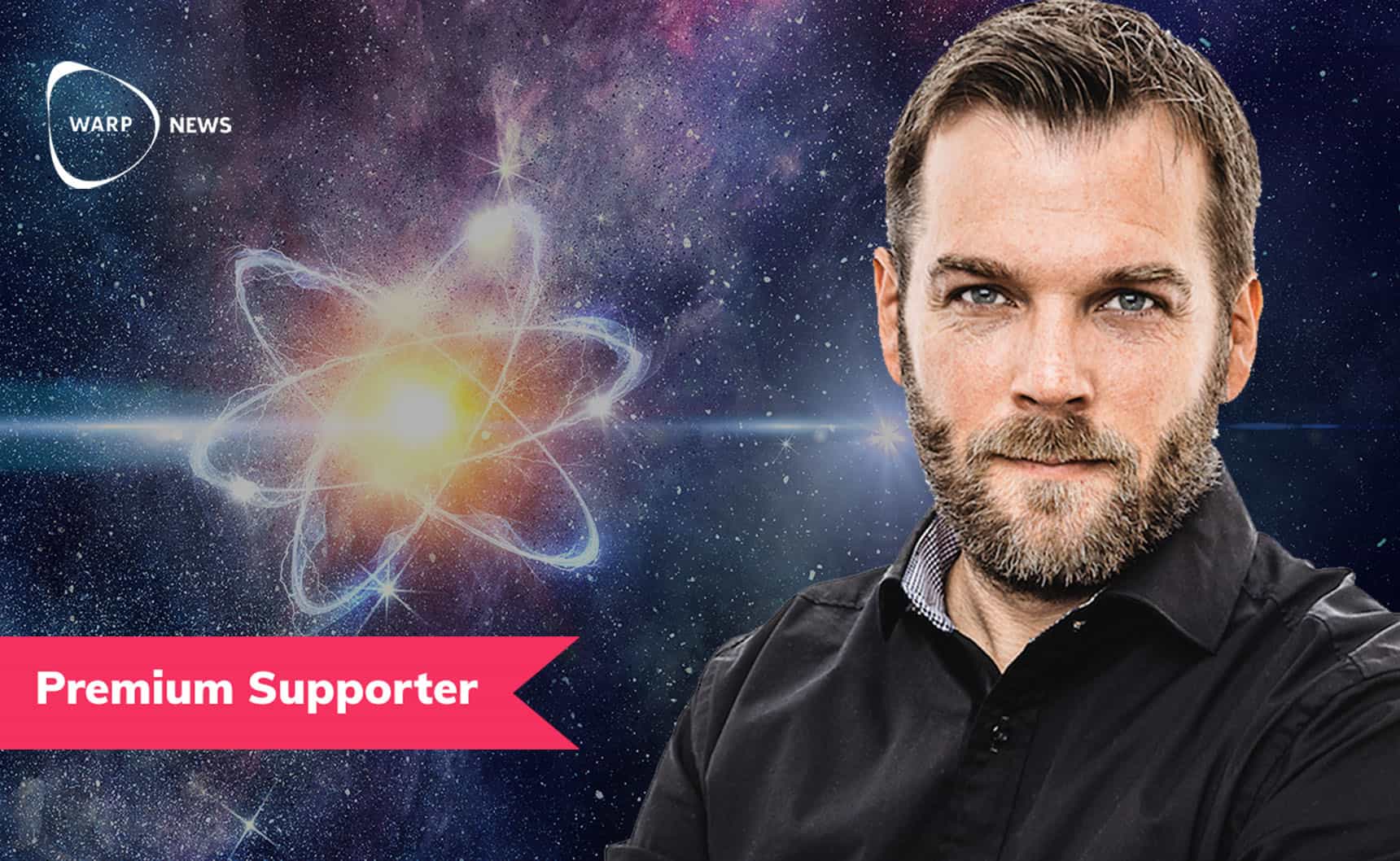
People are not good at either the very big or the very small. We are made to work in the middle.
For example, we only see a small narrow strip in the middle of the electromagnetic spectrum and only hear frequencies between 20 and 20,000 hertz, even though we can actually "feel" lower frequencies.
We only perceive quantities that are large enough for us. Things that are very small, atoms and molecules, or very large, like planets or our universe, we have difficulties in understanding.
We do not have to be quite as extreme as atoms and the universe to find a basis for that claim. It is enough to describe a situation where we increase a bid for a house or apartment.
Let's say that we increase by $5000, a sum that at least in Sweden's metropolitan regions is not particularly high when it comes to housing. In any case, we place the bid without any major concerns, whereupon we go and shop at Walmart because we have a discount coupon that saves us $5 compared to shopping at Target next door.
So we even have a hard time grasping the greatness of something as mundane as money.
The same goes for time. Things that go extremely fast, like calculations in a processor, or very slow, like evolution, are also almost impossible for us to grasp.
Speaking of evolution, we have developed to understand and deal with the reality closest to us – that which is medium-large, long, high, and wide. Understanding the rest has been of no benefit to our survival.
Until now.
As human technological development continues at an ever-increasing pace, we encounter the extremes more and more often – the very small and the very large. We must find ways to understand and relate to this.
Ignoring our failure to grasp these big and small things leads to great problems. Incomprehensibly, some even take pride in not understanding.
A deadly virus, too little to see with the naked eye, is not believed to exist. Gases that can neither be seen in the air nor felt in the lungs can hardly warm the planet. Only what can be felt, seen, and heard is real. That feels sound.
Part of this is, of course, pure nonsense and a good dose of the Dunning–Kruger effect. But it rests on a foundation of not understanding our own limitations, that we only live in and perceive a narrow streak of what is reality, where atoms, molecules, galaxies, and supernovae are as real as you and me.
We have now reached a point in our evolution where we must develop further. Our senses are no longer limited to our bodies. Electron microscopes can see the very small, like a virus, and spectroscopy can see gases, even on planets in other solar systems.
We are made to work in the middle. A bright future is based on the next step in evolution: that we broaden our perspectives.





